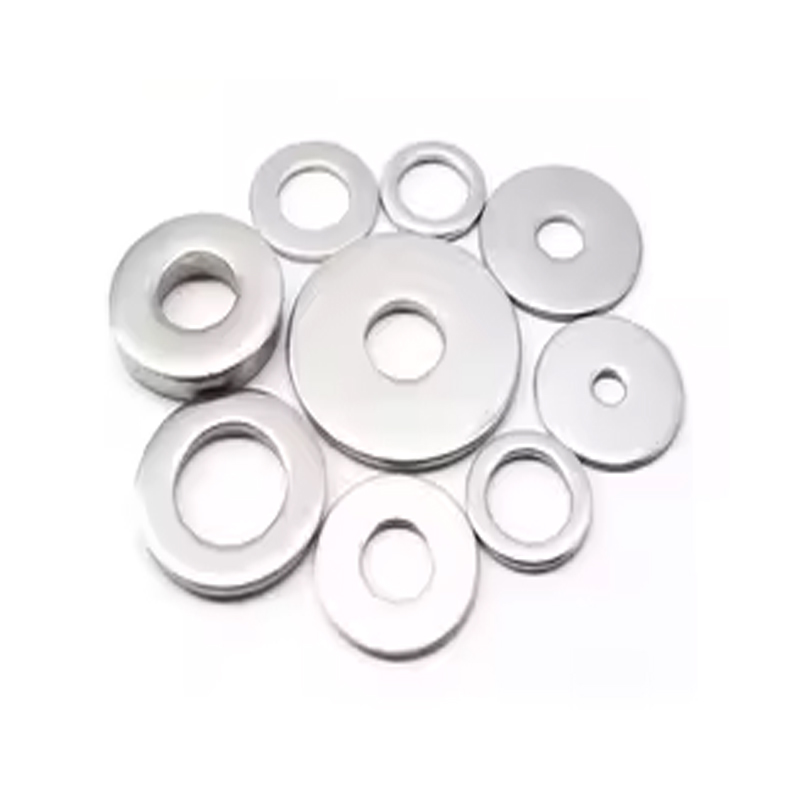transmission shifter seal
Understanding Transmission Shifter Seals Importance and Maintenance
The transmission shifter seal is a crucial component in any vehicle's transmission system. This small yet significant part plays a pivotal role in ensuring the smooth operation of automatic and manual transmissions alike. Understanding what a transmission shifter seal is, its function, and how to maintain it can save vehicle owners both time and money in the long run.
What is a Transmission Shifter Seal?
The transmission shifter seal is located where the shifter lever connects to the transmission. Its primary function is to prevent transmission fluid from leaking through the connection and into the surrounding area. The seal is typically made of rubber or another elastomeric material designed to withstand the harsh conditions of the transmission, including temperature fluctuations and exposure to corrosive fluids.
Importance of the Transmission Shifter Seal
The importance of maintaining an effective transmission shifter seal cannot be overstated. A damaged or worn-out seal can lead to several issues, primarily fluid leaks. Transmission fluid is crucial for lubricating the internal components of the transmission, ensuring they operate smoothly. If the fluid level drops due to a leak, it can cause significant wear and tear on the transmission, potentially leading to a complete transmission failure.
Moreover, when fluid leaks occur, they can also pose safety hazards. Transmission fluid can make surfaces slick and dangerous, increasing the likelihood of accidents. Additionally, if the fluid leaks onto hot engine components, it can create smoke and potentially result in a fire hazard.
Signs of a Failing Transmission Shifter Seal
transmission shifter seal

Recognizing the signs of a failing transmission shifter seal is essential for timely maintenance. Common symptoms include
1. Fluid Leaks Noticeable spots of red or brown fluid under the vehicle can indicate a shifter seal leak. 2. Slipping Gears If the transmission slips or has trouble shifting, it could be a sign of inadequate fluid levels. 3. Unusual Noises Grinding or whining noises during shifting may also suggest that the transmission is not properly lubricated. 4. Warning Lights Modern vehicles often have dashboard warning lights that indicate transmission issues, which could be linked to fluid problems.
Maintenance Tips
To ensure the longevity of the transmission shifter seal, regular maintenance is required. Here are some tips
1. Check Fluid Levels Regularly check the transmission fluid levels and top up as needed. 2. Inspect for Leaks Perform routine inspections of the area beneath the vehicle for any signs of fluid leaks. 3. Replace When Necessary If you notice any signs of wear or damage, replace the shifter seal promptly to prevent further complications.
Conclusion
In summary, the transmission shifter seal is a vital part of a vehicle's transmission system, preventing fluid leaks and ensuring optimal performance. Regular checking and maintenance of this component can prevent costly repairs and enhance the reliability of the vehicle's transmission. By understanding its importance and recognizing early signs of failure, vehicle owners can keep their transmissions running smoothly and prolong their vehicle's lifespan.
-
Understanding the Front Main Engine Seal: Purpose, Maintenance, and Installation
News Jul.29,2025
-
Understanding O-Rings and Seal Rings: Types, Applications, and Custom Solutions
News Jul.29,2025
-
Understanding Crankshaft Oil Seals: Rear Seals, Pulley Seals, and Their Role in Engine Integrity
News Jul.29,2025
-
The Importance of Front and Rear Crankshaft Seals in Engine Performance and Oil Management
News Jul.29,2025
-
Crank Oil Seals: Functions, Types, and Cost Considerations in Engine Maintenance
News Jul.29,2025
-
A Comprehensive Guide to O-Rings and Seals: Types, Materials, and Global Applications
News Jul.29,2025
-
Mastering Diesel and Performance Engine Maintenance: A Guide to Critical Oil Gaskets
News Jul.28,2025
Products categories















